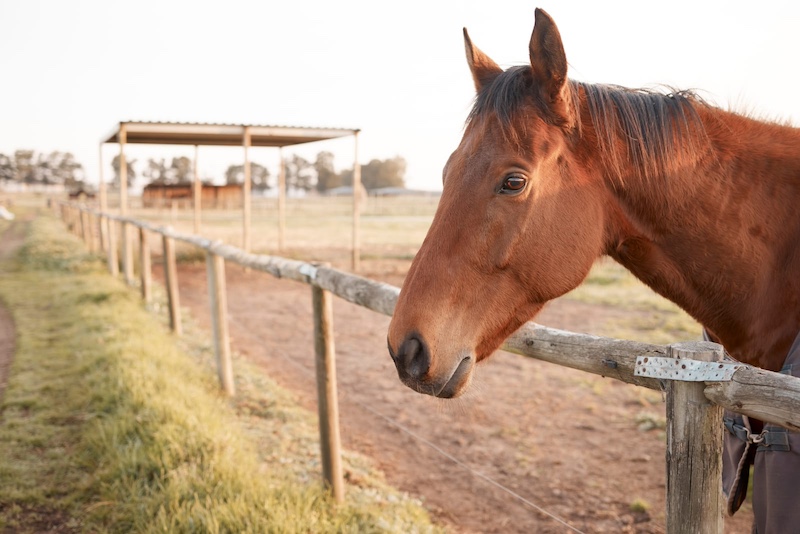Horses are majestic creatures that have captivated humans for centuries. Beyond their grace and strength, these animals possess fascinating traits and histories that make them truly remarkable. Whether you’re a seasoned equestrian or simply curious about these equine marvels, here are ten intriguing facts about horses that might surprise you:
1. Horses Have Remarkable Memory Skills

Horses are known for their exceptional memory. Once they learn something, they rarely forget it. This ability extends to recognizing people they’ve met before, understanding complex training cues, and even remembering challenging trail routes or competition courses.
2. Horses Can Communicate Their Emotions Through Facial Expressions
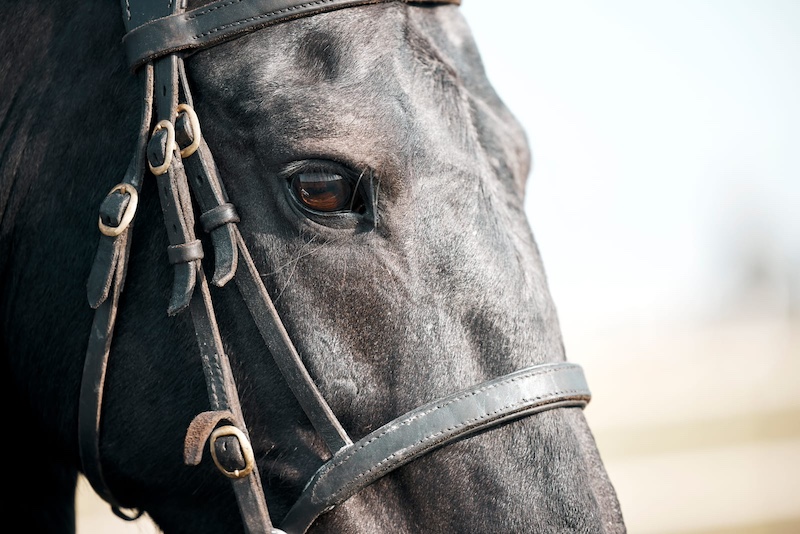
Much like humans and some primates, horses can communicate their emotions through facial expressions. Researchers have found that horses use their eyes, nostrils, and mouth to convey happiness, fear, and even pain to those around them.
3. A Horse’s Teeth Can Indicate Its Age
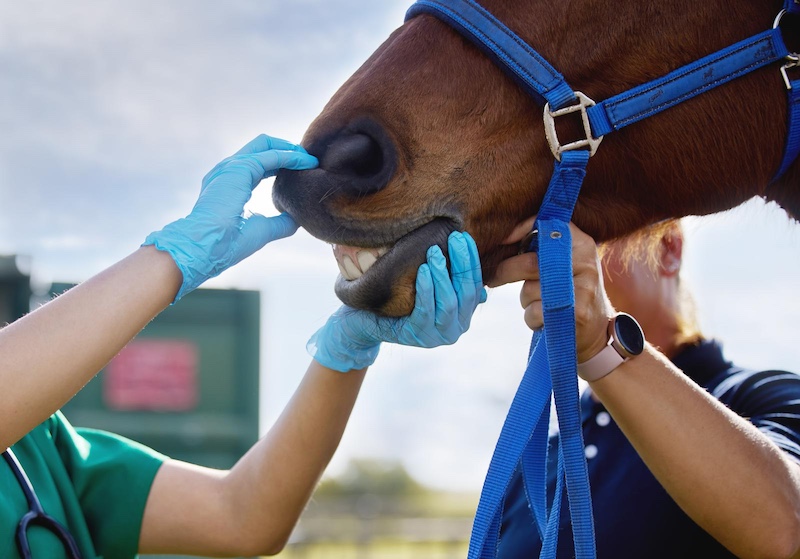
Determining the age of a horse can be as simple as looking at its teeth. Horses have unique dental patterns that change as they mature. By examining the wear and shape of their teeth, veterinarians and experienced handlers can estimate a horse’s age within a few years.
4. The Hoofbeat of a Horse Can Be Unique
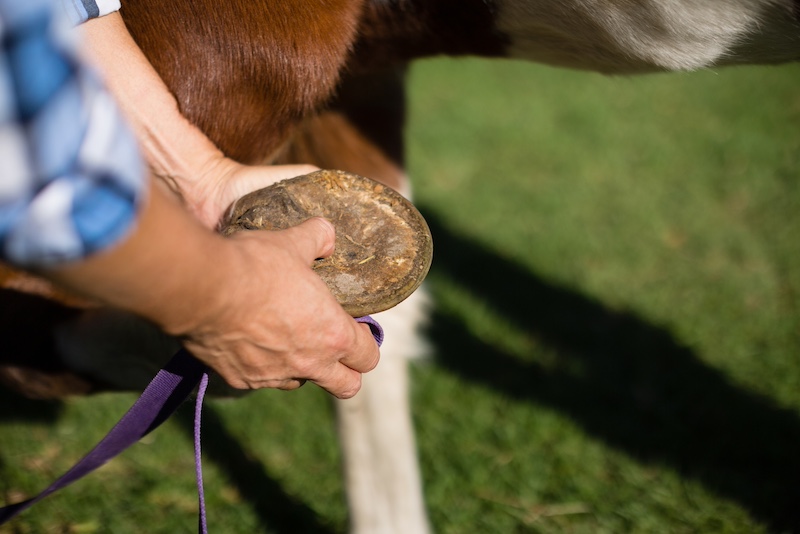
Just as human fingerprints are unique, so too are the hoofbeats of horses. Each horse has a distinct sound when it walks or runs, due to differences in hoof shape, gait, and weight distribution. Skilled horse owners can often identify their horses by the sound of their hoofbeats alone.
5. Horses Have a Wide Range of Vision
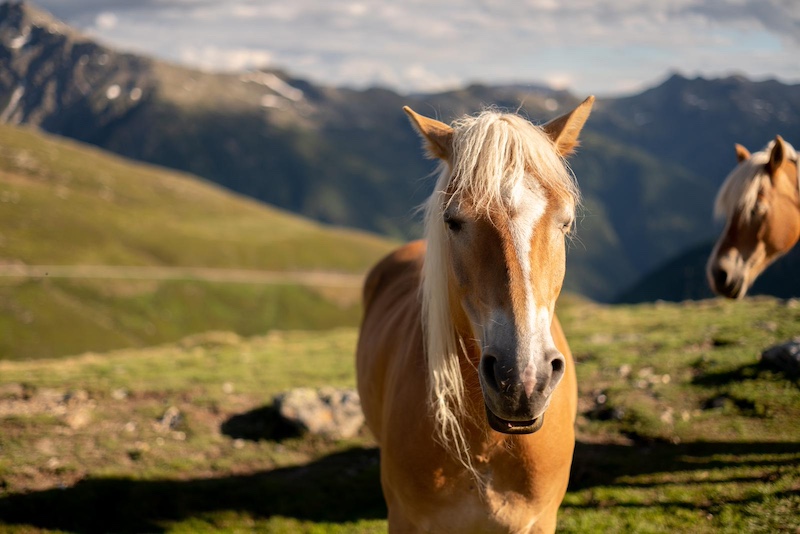
Horses have eyes positioned on the sides of their heads, allowing them to have a panoramic field of vision. This evolutionary trait helps them detect predators from various angles without needing to turn their heads significantly. However, it also means they have a small blind spot directly in front of and behind them.
6. The Domestication of Horses Dates Back Millennia
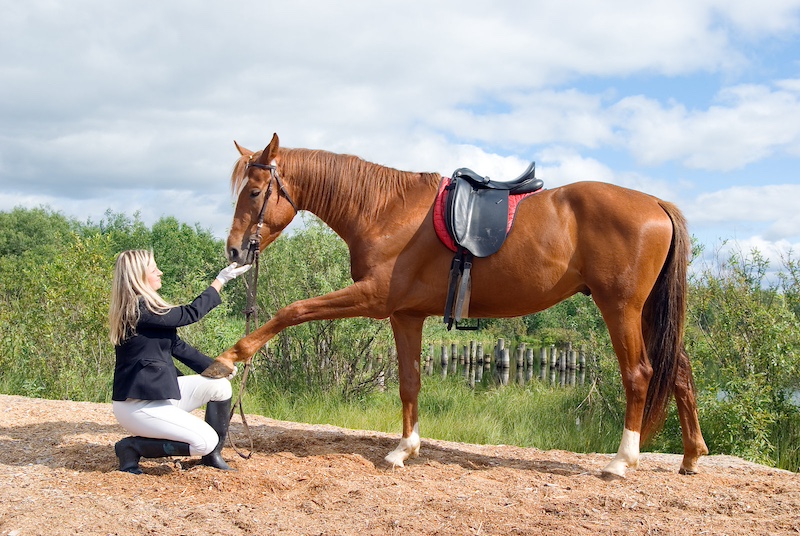
Humans began domesticating horses around 4000 BC, marking a pivotal moment in history. This partnership revolutionized transportation, agriculture, and warfare. The bond between humans and horses has since deepened, with these animals becoming cherished companions and partners in various activities worldwide.
7. Horses Are Social Animals
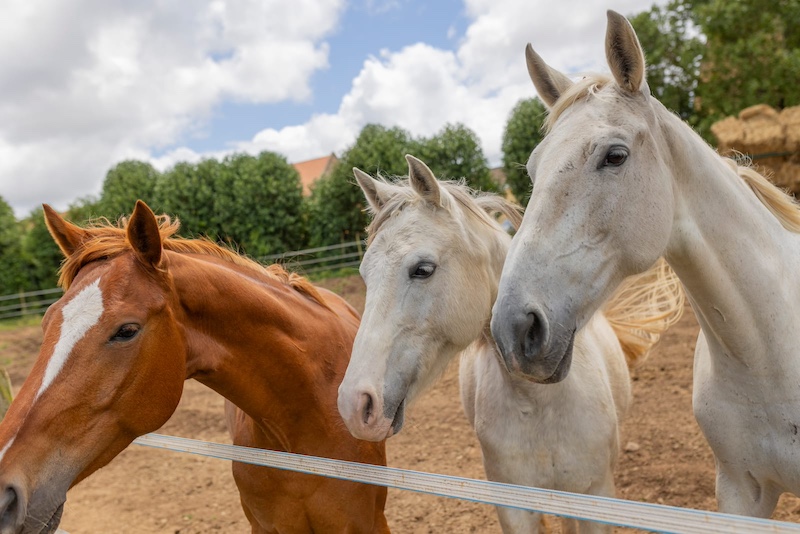
In the wild, horses live in herds led by a dominant mare. This social structure promotes cooperation, communication, and protection against predators. Even in domestic settings, horses thrive on social interaction, forming strong bonds with both humans and fellow equines.
8. Horses Can Sleep Standing Up
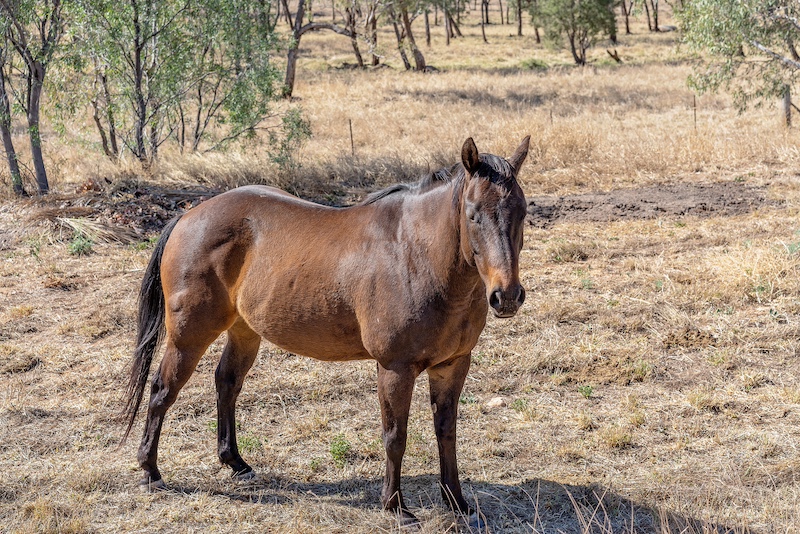
Horses have a unique ability to lock their legs in place using a specialized stay-apparatus, allowing them to doze off while standing. This adaptation is rooted in their evolutionary history as prey animals, enabling them to quickly flee from danger if needed.
9. Horses Have Powerful Digestive Systems
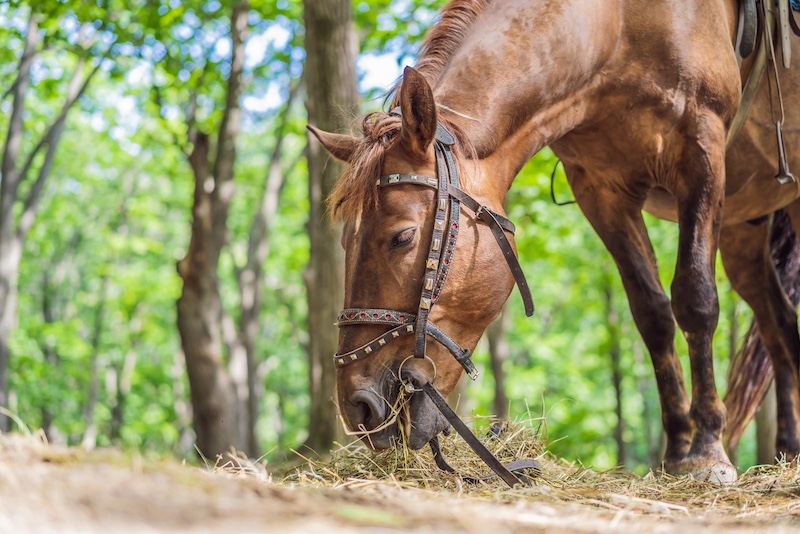
Horses are herbivores with a specialized digestive system designed to process large quantities of roughage. Their stomachs are relatively small compared to their size, so they rely on fermenting fibrous plant material in their hindgut to extract nutrients effectively.
10. Horses Have Been Sent into Space

In 1961, a horse named Pony Express was among the animals sent into space by the Soviet Union. Although primarily an experiment to test the effects of space travel on living organisms, Pony Express and other animals paved the way for human space exploration.

